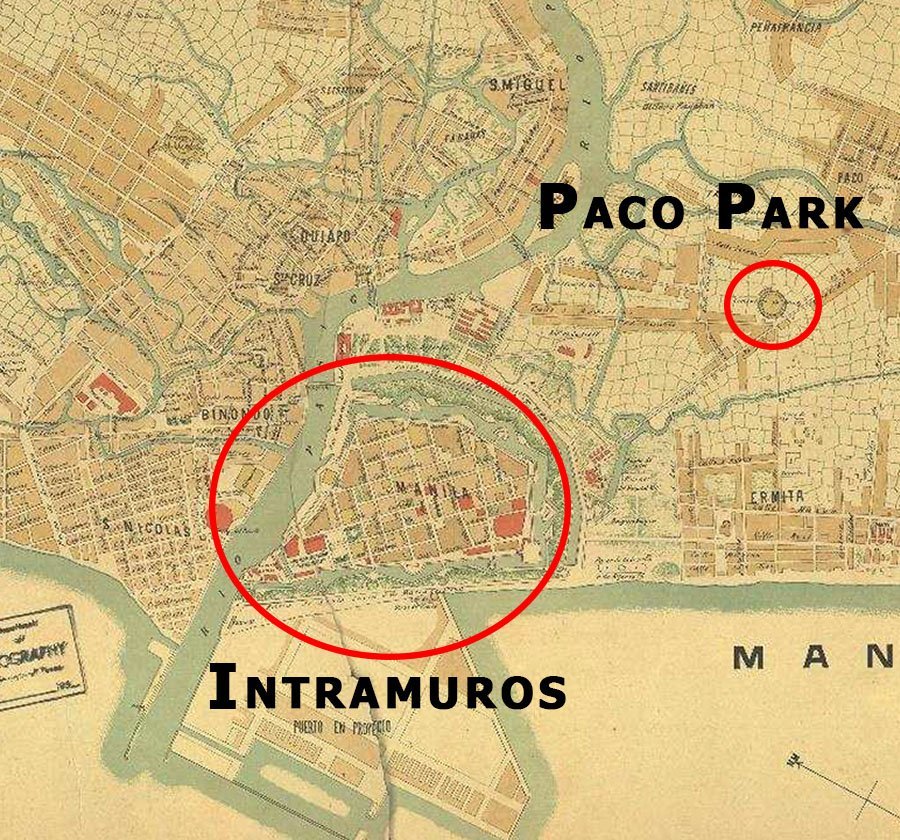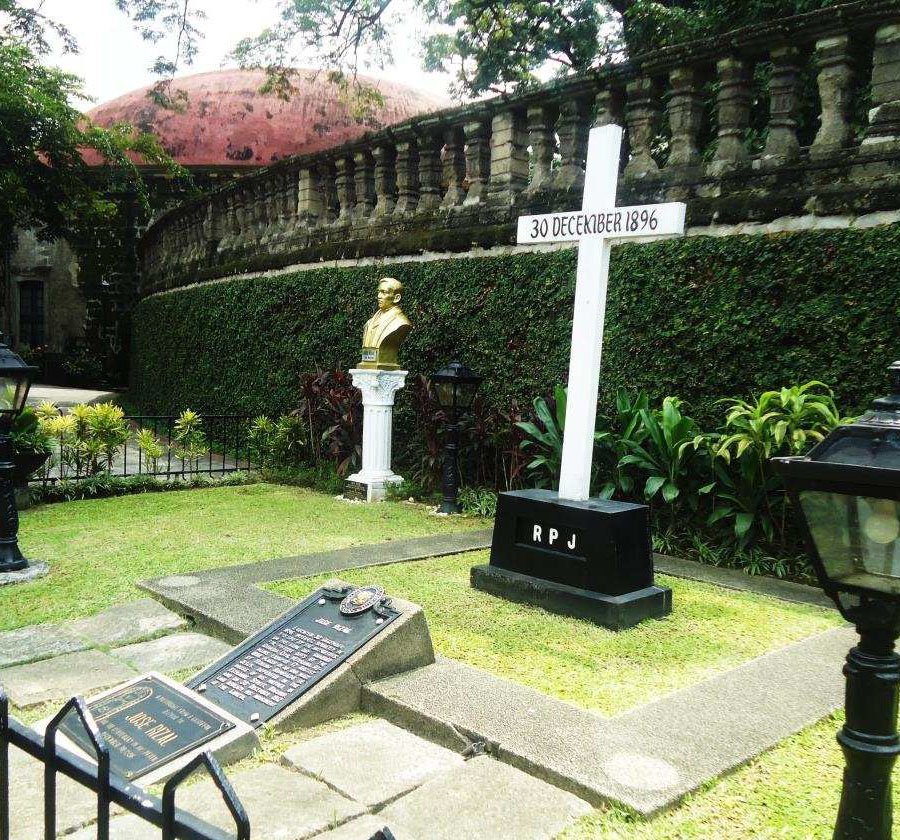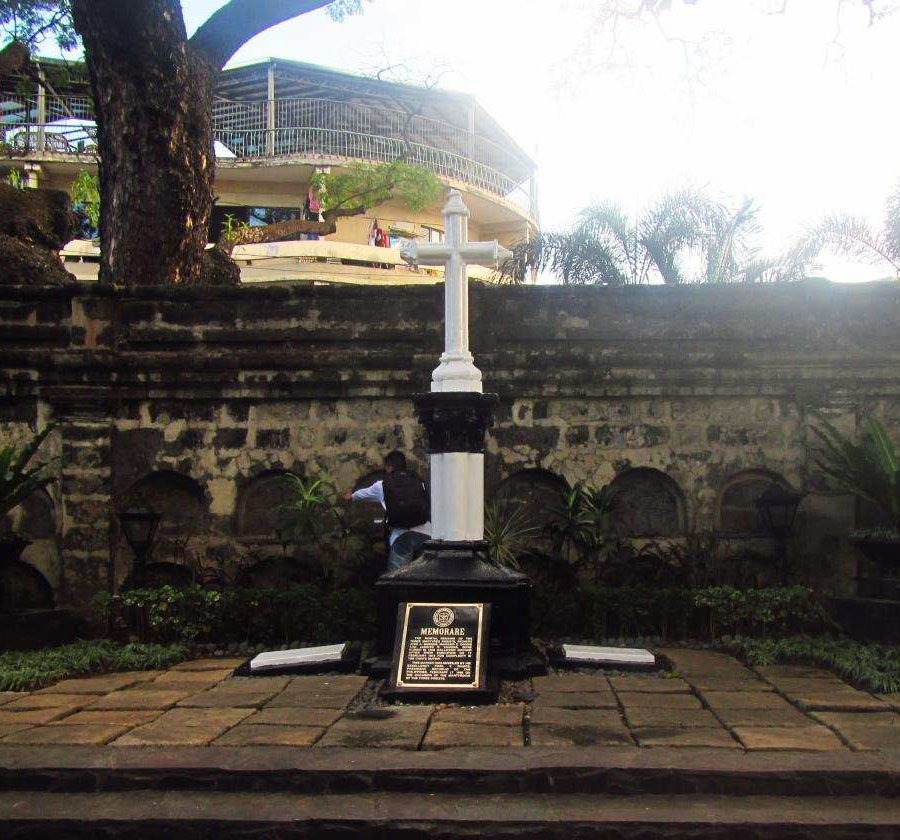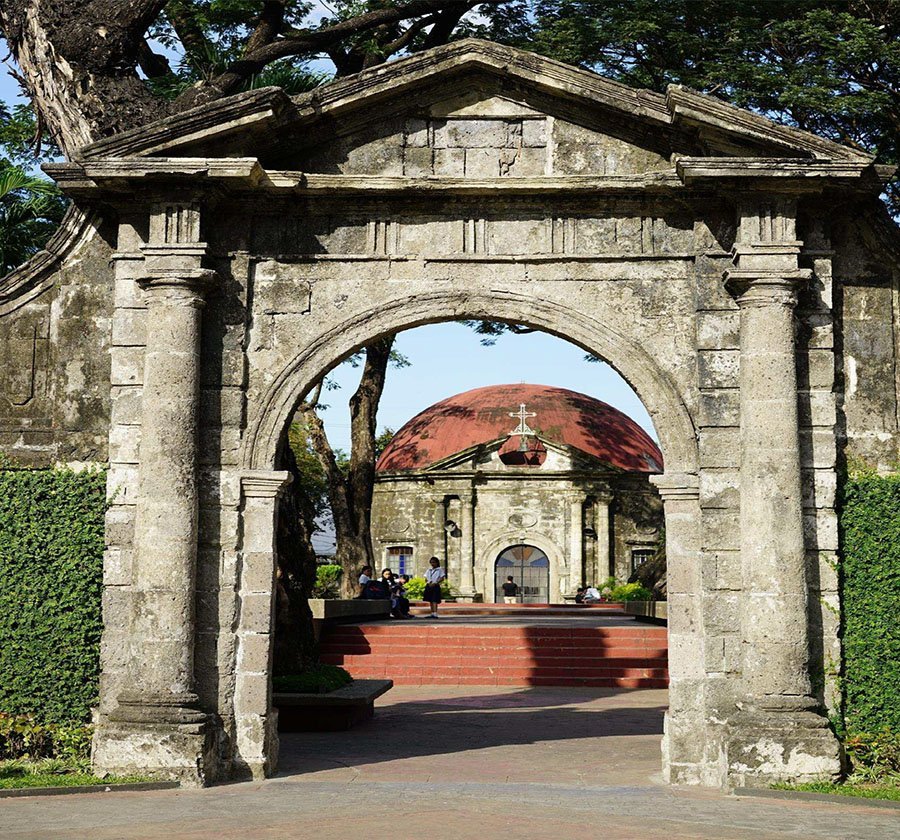Paco Park: From Cemetery to Park

Have you ever wanted for a moment to escape the hustle and bustle of the city? To go where there is beauty and peace. Well, lucky for you, there is such a sanctuary in Manila. Just a few minutes’ walk from UN Station you will arrive at Paco Park.
Known for its historical significance and beauty it is a popular destination in Manila. As such many weddings, photoshoots, and other projects have taken place within the walled park. Let me further entice you to visit the magnificent park by telling you about its rich past
Diving Deep into Paco Park’s History
The park’s origins start like any other structure, with an ordinance for construction. In 1807, local leaders build a new cemetery outside the Intramuros by pass a royal ordinance. Constructing a new cemetery is to alleviate the ravages of a cholera epidemic during the time.
The Maestro de Obras Don Nicolas Ruiz took up the task of planning the construction. Soon, on the 22nd of April 1822, the cemetery became operational and named Cementerio General de Dilao. After the cemetery opened, it became a cemetery for the rich Spanish aristocracy.

The Spanish did not just use the cemetery would to bury their rich aristocrats but also their enemies. The cemetery became the resting ground for the catalyst of the Philippine revolution and the first Filipino. In the hallowed grounds of the cemetery lies the grave of Padre Mariano C. Gomez, Padre Jose A. Burgos, and Padre Jacinto R. Zamora. Their death sparked the revolution that would eventually lead to the sovereignty of the Filipino people.
24 years later, the Spanish murdered Dr. Jose Rizal, the First Filipino. They then buried him in the same cemetery as the GomBurZa. The Spanish colonial government buried the two in unmarked graves.

A year later, the Filipino people corrected the malice of colonial rule. For Dr. Jose Rizal, the people would exhume his grave in 1912 and laid his body to rest at Luneta with full honors. Within the cemetery, the people gave the GomBurZa a memorare marker of respect for their sacrifices.

In the same year 1912, the cemetery ended its operations. Years later, by powers of former president Diosdado Macapagal turned the Cementerio General de Dilao into a National Park in 1966. Thanks to this change, architect Ildefonso P. Santos Jr. renovated the cemetery to become what it is today, Paco Park.
An Oasis in the City

Those who have visited the park adore it. The admiration comes from the beauty of the park’s unique Spanish architecture and lush greenery. That is why, the park is a go-to destination for weddings, photoshoots, and students doing their projects. The greenery of the park also serves to clean and freshen the air for its visitors. Truly an oasis in the city of Manila.
To visit the park you would only have to pay a 10.00 pesos entrance fee. After paying the fee, you are now free to visit the beautiful markers for Dr. Jose Rizal and GomBurZa. You can also clear your mind by taking in the beauty and fresh air of the park. So, if you are near UN Station and want for a moment to escape city life, just visit Paco Park.
Martin is your average manileño. He loves history and traveling around his beloved Metro Manila. His passion is to make the past come to life by exposing past stories not known by the general public. Tag along with him as he visits the past through the present.











